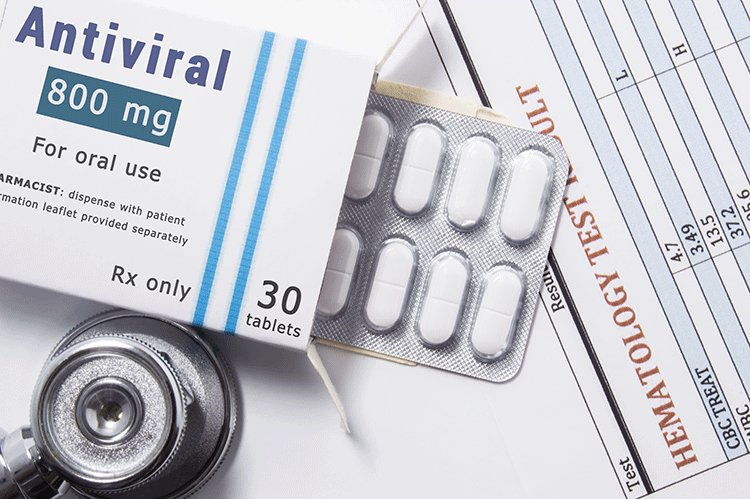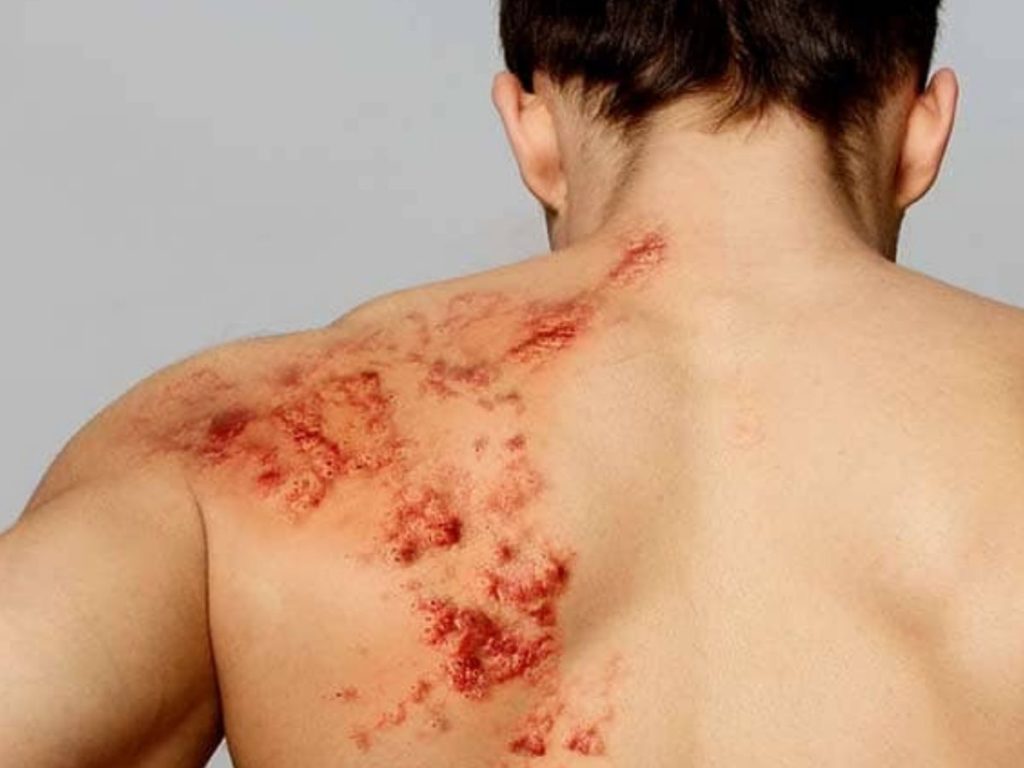Shingles, also known as herpes zoster, is a viral infection that can cause a painful rash. Anyone who has had chickenpox can develop shingles. The virus that causes chickenpox, varicella-zoster, lies dormant in the body and can reactivate years later. If you are experiencing any of the following symptoms, it is important to see your doctor right away: a burning or tingling sensation in the area where the rash will develop, pain, itching, or swelling in the area around the rash, headaches, chills, and fever. In this article, we will discuss everything you need to know about what is shingles: its causes, symptoms, and treatment options.
What is shingles?
Shingles is a viral infection that can cause a painful rash. Anyone who has had chickenpox can develop shingles. The virus that causes chickenpox, varicella-zoster, lies dormant in the body and can reactivate years later. If you are experiencing any of the following symptoms, it is important to see your doctor right away: a burning or tingling sensation in the area where the rash will develop, pain, itching, or swelling in the area around the rash, headaches, chills, and fever.
What is the varicella-zoster virus?
Vesicles and vesicular rashes are characteristic symptoms of varicella. The infection begins as a pruritic or vesicular rash that develops into non-infectious dried skin crusts over a three- to seven-day period. The dormant virus reactivates and causes the distinctive painful rash of herpes zoster, which is often accompanied by rash pains (postherpetic neuralgia).
What are some common causes of shingles?
The most common cause of shingles is the reactivation of the varicella-zoster virus. This virus is what causes chickenpox. However, shingles can also be caused by other viruses, such as herpes simplex virus (HSV) and Epstein-Barr virus (EBV).
What are some common symptoms of shingles?
The most common symptoms of shingles are a painful rash and blisters on the skin. The rash will typically develop in a band-like pattern on one side of the body. Other symptoms may include: a burning or tingling sensation in the area where the rash will develop, pain, itching, or swelling in the area around the rash, headaches, chills, and fever.
A single episode of shingles lasts around two to four weeks, although the discomfort may linger for many weeks after the rash has gone away. Shingles generally affects only one side of the body and does not cross over the midline (think about an imaginary line from between your eyes down to your belly button).
Any area of your body can be afflicted, including your face and eyes, although the chest and abdomen (tummy) are the most common sites.
Learn more: WHAT DOES SHINGLES LOOK LIKE?
How is shingles treated?

There is no cure for shingles. However, treatment options are available to help relieve symptoms. These include antiviral medications, pain medications, and topical ointments or creams.
Antiviral medications include acyclovir (Zovirax), valacyclovir (Valtrex), and famciclovir (Famvir). These medications can help to shorten the length of the outbreak and may also reduce the risk of developing postherpetic neuralgia. Some people may also require pain relief medication. In some cases, surgery may be necessary to remove the shingles rash.
It is important to seek medical attention if you are experiencing any of the symptoms of shingles. Early diagnosis and treatment can help to reduce the severity of the infection and prevent long-term complications.
When to seek professional treatment
If you are experiencing any of the symptoms of shingles, it is important to seek professional medical treatment. Early diagnosis and treatment can help to reduce the severity of the infection and prevent long-term complications. See your doctor right away if you have a burning or tingling sensation in the area where the rash will develop, pain, itching, or swelling in the area around the rash, headaches, chills, and fever. These may be signs that you have shingles and require treatment.
Natural treatments for shingles
If you want to take the natural route, this option is also available. These include: taking antiviral herbs, such as elderberry and garlic; applying topical herbal remedies, such as calendula or lavender oil; drinking detox teas, such as ginger tea or dandelion tea; and getting plenty of rest.
These can also include:
- Taking a warm bath to help soothe the skin
- Applying cool compresses to the blisters
- Drinking plenty of fluids to stay hydrated
- Getting enough rest
It is important to note that while natural treatments can be helpful in relieving symptoms, they should not replace conventional treatment options. Always consult with your doctor before starting any new treatment regimen.
Is shingles contagious?
Shingles is not contagious. However, if you are experiencing a rash, it is important to avoid contact with others until the rash has healed.
Direct contact with the liquid from your rash blisters may transmit VZV to individuals who never had chickenpox ever or received their vaccination. In case they get infected, they will likely develop chickenpox, not shingles. However, they could still develop shingles later in life.
VZV infection is unlikely to spread if you make sure to cover the shingles rash. Individuals who have shingles are unable to transmit VZV before or after their rash blisters emerge or crusts.
People who have chickenpox have a greater likelihood of passing on the varicella-zoster virus than those who have shingles.
How to prevent spreading varicella-zoster to others
There is no vaccine to prevent shingles, but there are ways to reduce your risk of spreading the virus. These include:
- Covering the rash with a bandage or clothing
- Avoiding contact with others until the rash has healed
- Washing your hands often
- Disinfecting surfaces you touch frequently
If you have shingles, it is important to take these steps to help prevent the spread of the virus. It is also important for people around you to be aware of these precautions in order to avoid exposure.
Risk factors for shingles
There are several risk factors for developing shingles. These include:
- Age – the risk of developing shingles increases as you get older
- Gender – women are more likely to develop shingles than men
- Immune system suppression – individuals with weakened immune systems, such as those who have HIV/AIDS or are taking immunosuppressive drugs, are at increased risk for shingles
- Stress – stress can increase your risk of developing shingles
- Sun exposure – too much sun exposure can increase your risk of developing shingles

